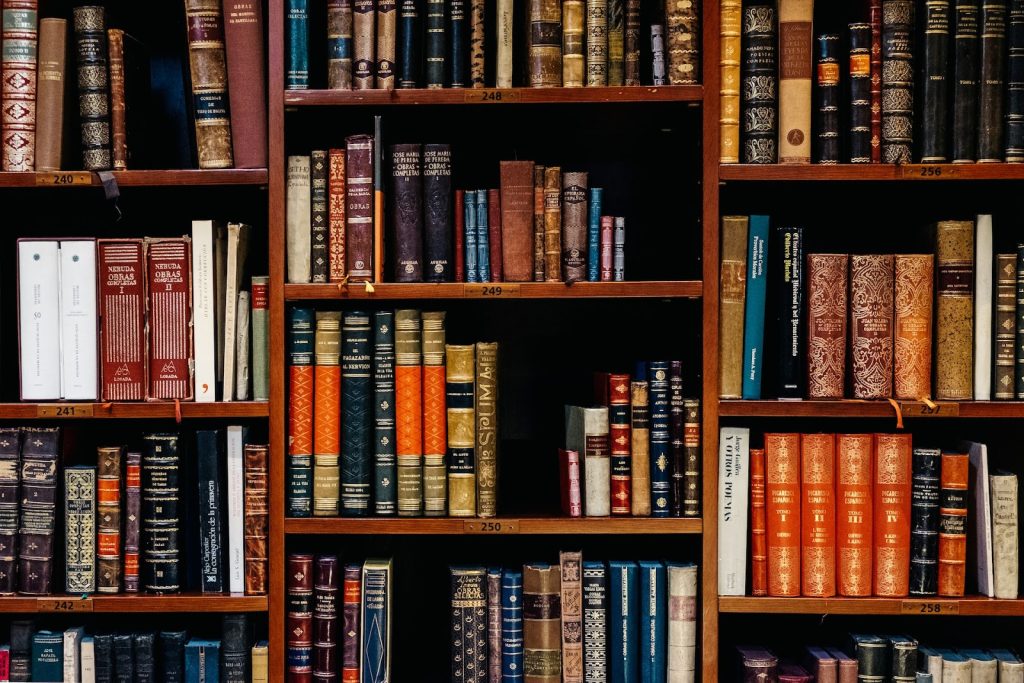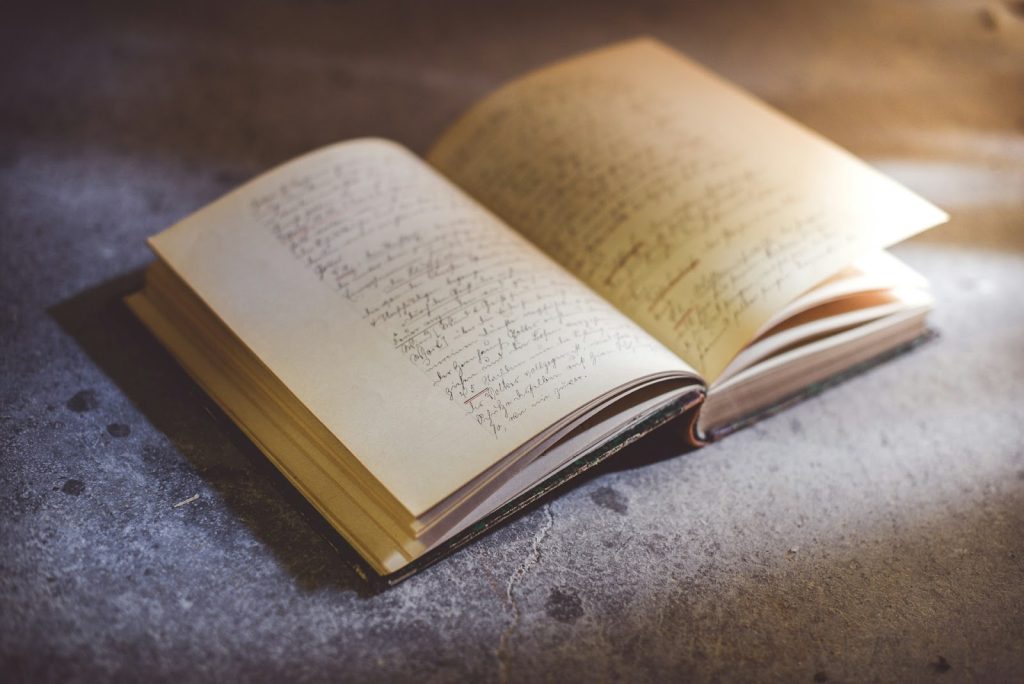What is allusion in literature? Is it useful for you while writing?
Hey there, fellow word lovers! Ever heard a line in a book that whisked you off to another story, a piece of history, or even a famous character, and thought, “Aha, I see what they did there!”? That, my friends, is the magic of allusion, and it’s what we’re unpacking in this post.
Think of allusion in literature as a wink between you and the author, a clever nudge towards something without saying it outright. It’s a literary spice that can add flavor to your writing, connecting it to a broader world of stories, ideas, and experiences.
Whether you’re scribbling your first short story, knee-deep in a novel, or just love dissecting the mechanics of writing, mastering the art of allusion can seriously up your literary game. So, grab a cup of your favorite brew and join us as we explore the world of allusions!
Table of Contents
What is Allusion in Literature?
An allusion is a subtle yet powerful device in literature. It’s when the author makes an indirect reference to a person, event, place, or piece of another text, without explicitly mentioning it.
This reference relies on an assumption that the reader is familiar with what is mentioned to add depth or context to the story. For example, mentioning “a forbidden fruit” in a story might allude to the biblical story of Adam and Eve, evoking themes of temptation and knowledge.

Allusions can reference various things, depending on the context of the writings and the purpose of the author. It can be historical events, famous people, mythology, other literary works, pop culture, and art.
The beauty of allusion lies in its subtlety and its ability to convey complex ideas succinctly. It can create a sense of shared understanding between the writer and the reader, making the reading experience more interactive and engaging.
The Power of Allusion
When expertly delivered, an allusion can connect the reader and the narrative to a broader cultural, historical, or literary context with just a few well-chosen words. It transforms the story into a tapestry woven with threads of deeper meaning and wider significance.
When an author uses allusion, they tap into the shared knowledge and experiences of their readers. This creates a powerful bond of understanding and insight. A well-crafted allusion can evoke emotions, recall shared memories, or summon images that enrich the reader’s experience – a shortcut to complexities of emotion or thought.

Moreover, allusions make the writing fun. Catching a subtle reference can be like finding a hidden treasure, giving readers a sense of satisfaction and a deeper engagement with the text. This literary device can also be a way for writers to pay homage to their influences, to situate their work within a larger literary tradition, or to comment on contemporary culture or historical events.
How to Use Allusion Effectively?
The key to using allusions effectively is not making it feel forced or alienating to readers who may not catch every reference. When done well, allusions can add a rich layer of meaning and make your writing more engaging and impactful.

Here’s how to achieve the maximum effects of allusions in your writing:
- Get to Know Your Audience: For an allusion to work, your audience needs to catch it. It’s like an easter egg in movies. Consider what references your readers are likely to recognize, based on their likely cultural, historical, and literary knowledge. To do this, you need to have a clear topic of interest.
- Choose Appropriate References: The allusions should be relevant to your content and themes. Select references that add depth or insight into your narrative, characters, or themes, enhancing the overall story without overshadowing it.
- Balance Subtlety and Clarity: An effective allusion strikes a balance between being too obscure and too obvious. It should be clear enough for the intended audience to recognize, but subtle enough to avoid disrupting the flow of your narrative. Make the allusions feel like a natural part of your story.
- Pick the Right Moment: A well-placed allusion can add layers of meaning, creating resonance and depth. It can provide a shorthand for complex concepts, emotions, or historical and cultural contexts. However, avoiding relying too heavily on allusions. It can make your writing feel cluttered or inaccessible.
- Be Aware of the Tone: The allusion should match the tone of your piece, whether it’s serious, humorous, ironic, or nostalgic. An out-of-tone allusion can feel jarring and pull the reader out of the story.
Wrapping It Up!
An allusion in literature is a subtle but mighty tool in the writer’s toolkit. When used effectively, it bridges the mind of the reader and the universe of the story. They weave together the tapestry of literature, history, and culture, enriching a narrative with depth and color without the need for lengthy exposition.
As you craft your next piece, consider how allusions might strengthen your narrative. But remember, the art of allusion lies in its subtlety and its relevance to both the story and the reader. It’s a dance of the known and the new, a way of connecting the dots to form a picture greater than the sum of its parts.
So, go forth and explore the boundless possibilities that allusions offer, and see how they can illuminate your writing in unexpected and delightful ways.
FAQs
What is an allusion in literature example?
Here’s an example of an expertly used allusion in literature:
In F. Scott Fitzgerald’s “The Great Gatsby,” the character of Dr. T.J. Eckleburg’s eyes on a billboard alludes to the eyes of God watching over society, symbolizing a moral oversight that is lacking in the characters’ lives.
What is an allusion in English literature?
In English literature, an allusion is a brief and indirect reference to a person, place, thing, or idea of historical, cultural, literary, or political significance, without describing them in detail. It relies on the reader’s familiarity with what is mentioned.
How do you identify an allusion?
To identify an allusion, look for a phrase or a single word that seems to hint at or evoke another work, person, or event. Knowledge of history, literature, and culture helps in recognizing these references. Context clues within the text can also guide you to understand that an allusion is being made.
What is the difference between allusion and parody?
An allusion is a subtle reference to another work or concept, while a parody is a humorous or satirical imitation of another work. Allusions are used to evoke associations or convey deeper meanings, whereas parodies primarily aim to mock or comment on the original work.


